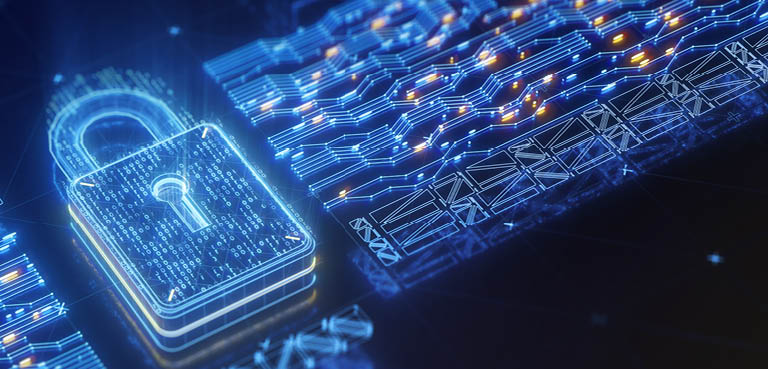Essential Reasons to Upgrade Your Access Control Technology — Reason 1: Security and Data Privacy
Advances in security technology are evolving rapidly and offering up an unprecedented level of security features in access control applications. End-users across all sectors are recognizing the need to up their access game based on several drivers, not necessarily related to physical security itself. The pandemic, for instance, ushered in a new era that requires contactless entry solutions for health and safety. User demand for more convenient access via their mobile phones is also skyrocketing. These factors, coupled with the ever-present need for a high level of security and data privacy, are propelling access control upgrades. Today’s integrated systems with multilayered security have increasingly more end-users eager to migrate from older, legacy technologies to a new access control standard that delivers greater value, enhanced functionality and flexibility — and a much higher level of security.
In our recent eBook, Three Essential Reasons to Upgrade Your Access Control Technology, we address many solid reasons for an access technology upgrade, including the topic of this blog: Security and Data Privacy.
Reason # 1: Security & Data Privacy
Today’s access control technologies offer a far more secure and efficient means of managing credentials than their predecessors. According to recent HID Global research, 42 percent of organizations are yet to deploy secure credentials, with mobile ranking as the leading advanced credentialing solution.
In keeping with a security-first posture, organizations are recognizing the need to upgrade their access control infrastructure. And while more user-friendly credentialing is always attractive, ensuring the privacy of their systems and their users' identifiable information takes top priority.
A solution that meets both criteria is HID’s Seos® credential technology. Leveraging a widely reviewed open standard and best-in-class cryptography, and supported by a software-based infrastructure, Seos is a trusted access solution for securing identities and protecting privacy. Seos leverages a cryptographically protected data model called Secure Identity Object, or SIO, to securely store identity data. With capabilities that extend well beyond access control applications, it empowers organizations with the flexibility to support privacy across their own specific mix of form factors and applications.
The Risk of Legacy Systems
An outdated access control system can make an enterprise vulnerable to risks that today’s technologies are designed to mitigate. Legacy credentials such as magnetic stripe cards, barcode technology and 125 kHz prox cards are easily susceptible to spoofing and cloning.
However, it is not only legacy cards that represent a risk. Multi-technology readers that remain enabled to read legacy credentials after the completion of the migration increase risk as well.
Moreover, the commonly used Wiegand protocol in legacy systems, as opposed to the more recent Open Supervised Device Protocol (OSDP) standard, presents risks with reader-to-controller communication. Because OSDP is an evolving standard with AES-128 encryption and wire monitoring, it’s a far safer option for physical access control communications. And, it’s future-proof!
Modern access solutions, very importantly, support the ever-emerging data privacy requirements. For example, HID Origo™, HID’s physical access control cloud, is ISO 27001-certified. This international security standard serves as an information security management systems framework that specifies security best practices, establishes controls to manage risk, and protects data in accordance with international, industry-leading security practices. Modernizing their access control security well-positions organizations to meet evolving legislative and regulatory requirements.
Savvy security managers are moving toward a more reliable, upgraded access control standard. Upgrading access technologies empowers organizations to meet security and privacy challenges confidently and with the assurance that their investment will continue to protect them well into the future.
Learn more in our other blogs Essential Reasons to Upgrade Your Access Control Technology — Reason #2: User Convenience and Essential Reasons to Upgrade Your Access Control Technology — Reason 3: Flexibility.
Want to learn more about best practices for upgrading? Download our eBook, Three Essential Reasons to Upgrade Your Access Control Technology.
